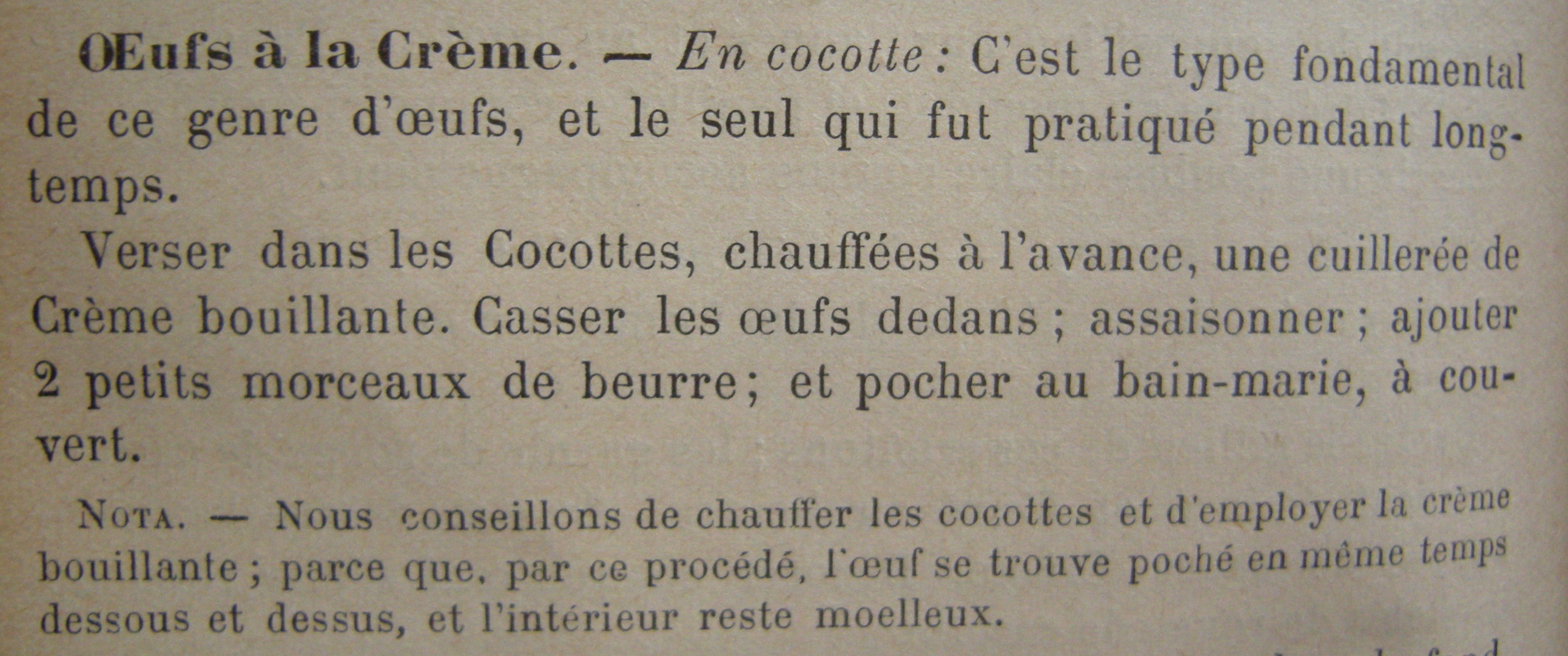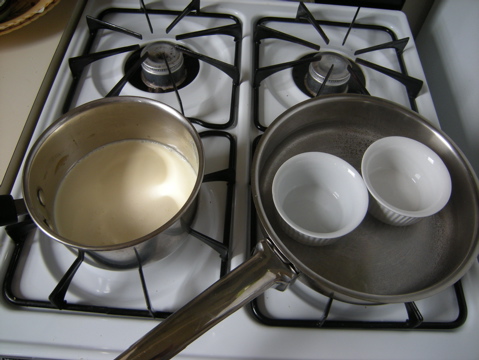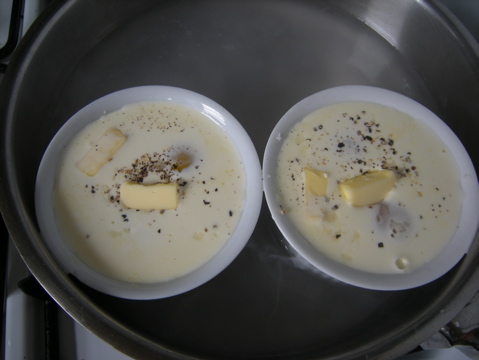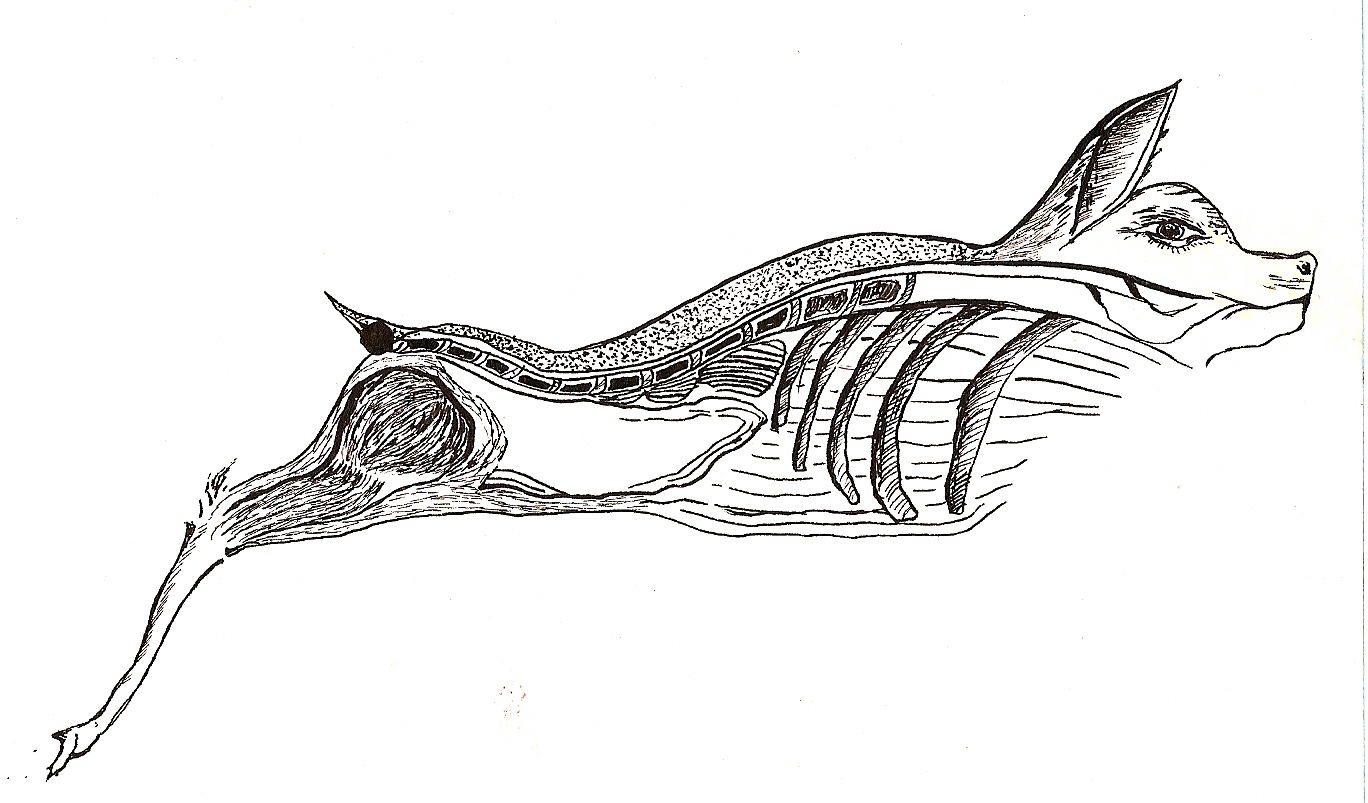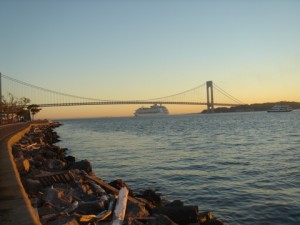
Bay Ridge is the most Southwestern neighborhood of Brooklyn, New York. The area got its moment of fame in the late 1970’s with the movie Saturday Night Fever. The tip of our neighborhood displays the commending Verrazano-Narrows Bridge. I moved there a year ago and truly enjoys the area despite the long commute to Manhattan.
Two Sundays ago was the yearly 3rd Avenue Festival that stretches from 68th street to about 94th. From 10-6pm local bands, choirs, food and the usual all kinds of vendors, take over the avenue. It is fun and crowded. What made my day was a Llanera barbecue next to my house. I had never seen any and I got really curious.
As you can see the banner reads (under the name of the restaurant, that is in Paterson, N.J.): ” Carne a la llanera , sabor y tradicion a su alcance”; which I would translate by ” Meat flat plain style. Taste & tradition at your reach”. The lady chef was Columbian from Los Llanos meaning the flat plains situated at the east Andes in Northwestern Colombia & Venezuela. The name Llanos applies to both sides of the border. Since colonial time this region is famous for herding millions of heads of cattle. Their cowboys are called los llaneros. The specificity of the region is also a folkloric music: el Canto LLanero (see the youtube video below).
I believe the technique used above is made up to suit the vendor’s needs for street cooking situation. In rural settings it looks like a fire is made on the ground. Then large pieces -the picture shows 1/4 side of beef- skewered to a large stick that gets planted in the ground. I am assuming that the stick is planted deep enough so it can be turned to allow meat to cook all sides.

photo linked from: www.llanera.com
We bought 3 servings and fed 8 people! The order included roasted potatoes, plantains & a spicy salsa/coleslaw type raw condiment. We got a few side orders of cheese filled arepas –fried corn pancakes– and a few grilled ears of corn. The meat was maybe a tiny bit over cooked for me, but it was really tender and flavorful. 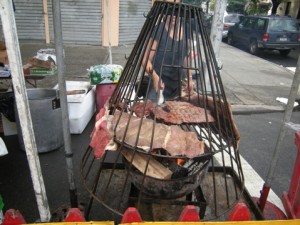 From what I could observed from the meat hanging on the sides, it didn’t look like the meat had been marinated, but it could have been brushed with some marinade for the last cooking step, when the slab is taken out from cooking hanging on the sides and placed flat on the grill. It was delicious! We wash it down with a few bottles of Tempranillo, and what a feast we had. Save the date for next year for the 3rd Ave. Festival, it is usually the last week end in September! See you then if not before. Also keep an eye for this vendor, I heard that they participate to many street fairs in the city.
From what I could observed from the meat hanging on the sides, it didn’t look like the meat had been marinated, but it could have been brushed with some marinade for the last cooking step, when the slab is taken out from cooking hanging on the sides and placed flat on the grill. It was delicious! We wash it down with a few bottles of Tempranillo, and what a feast we had. Save the date for next year for the 3rd Ave. Festival, it is usually the last week end in September! See you then if not before. Also keep an eye for this vendor, I heard that they participate to many street fairs in the city.


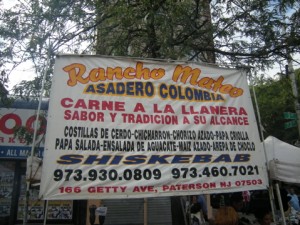
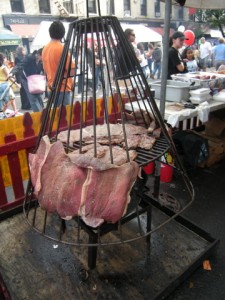
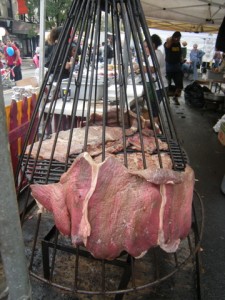
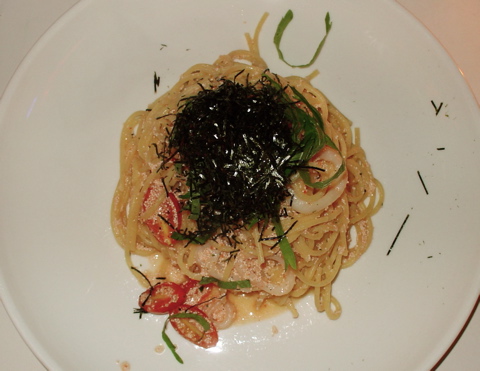

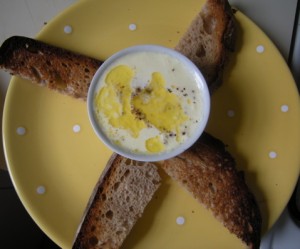
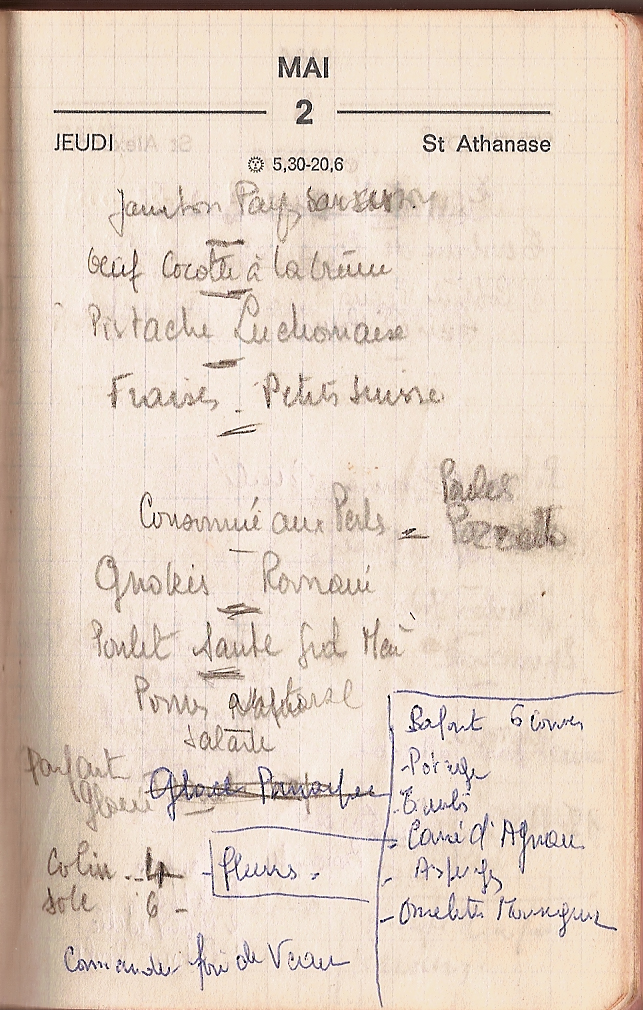 On Thursday May 2nd 1968 Oeufs Cocotte were served as the first course of the traditional five courses lunch menu. As you can see this lunch did not lack proteins!
On Thursday May 2nd 1968 Oeufs Cocotte were served as the first course of the traditional five courses lunch menu. As you can see this lunch did not lack proteins!